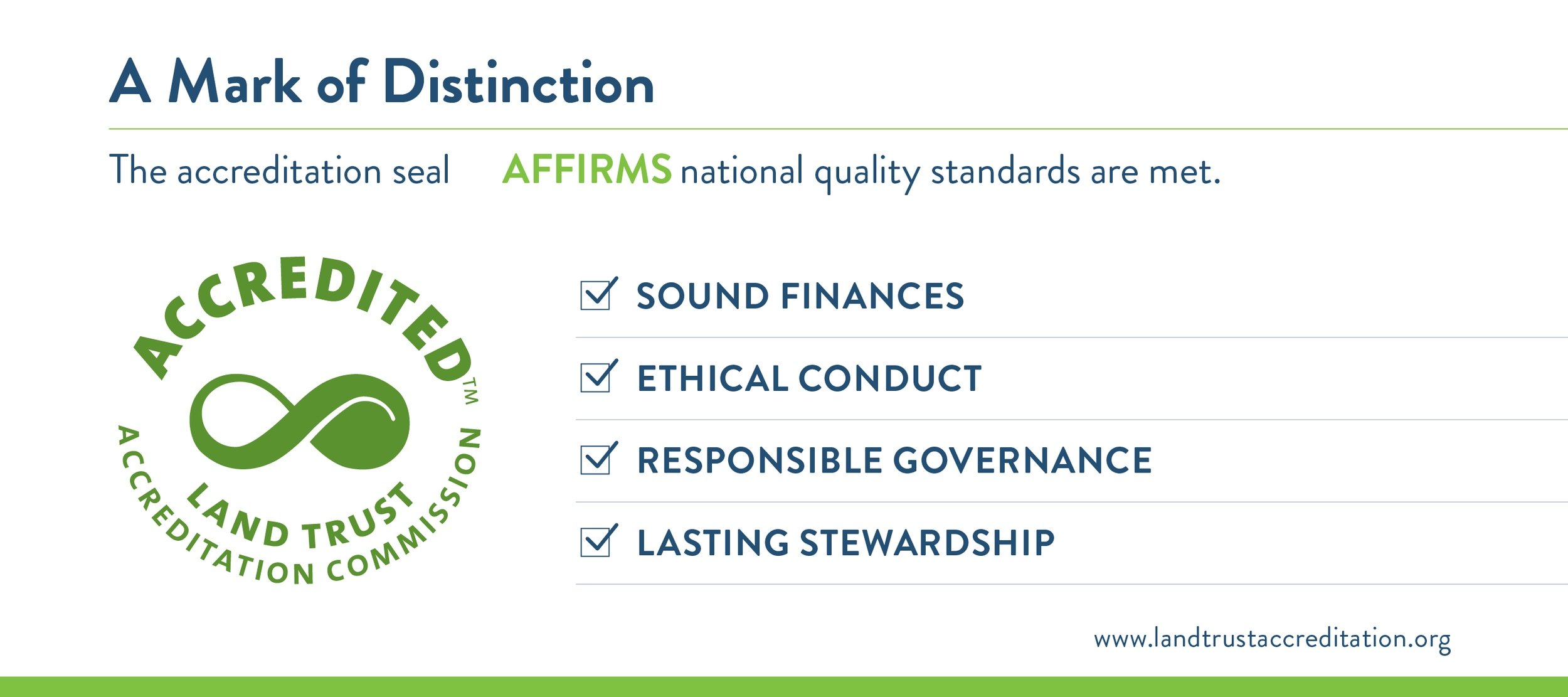Woods & Waters Land Trust’s existence revolves around protecting and connecting natural spaces and waterways in our watershed—the land and streams surrounding the lower Kentucky River. In Franklin County, we’re lucky to have an abundance of parks and public spaces for getting outdoors, including East Frankfort Park, near the Kentucky State University campus.
In October, WWLT organized an effort to team up with the Frankfort Parks and Recreation Department to remove invasive plant species around a stream that runs through East Frankfort Park. That volunteer event was the first step in an effort to improve several acres at that location. The finished project is intended to benefit both wildlife and park users.
“Over the past several years, there has been a concentrated effort to remove invasive species from East Frankfort, and [we] have cleared several acres of it. But there is more to be removed and further future events with the Remove Invasives Partnership of Franklin County and Woods and Waters are planned to be scheduled,” says Shawn Pickens, Director of Parks and Recreation.
We think of parks as areas to be enjoyed by people—particularly folks who don’t live surrounded by natural areas of their own. Parks are also enjoyed by wildlife and play an essential role in wildlife, bird and pollinator habitat within our cities.
“Removing invasives, in my opinion, has several benefits for the park users as well as the natural landscape. For the park users, it opens more areas of the park to be seen, explored, and opens up areas for potential future recreation activities—for example, an orienteering course. It also makes the park safer as sight lines are opened up throughout the park and provide less ‘hidden’ areas for undesirable activities to take place,” Shawn says.
“For the landscape, it allows for native species to grow healthier and the forest areas to be healthier overall. It provides better habitat for wildlife and simply makes for a much better park environment aesthetically for the public,” Shawn continues.
Invasive plant species are non-native plants that cause significant damage to the habitats they occupy. Not all non-native species are invasive, rather they become problematic when they out-compete native plants. Their prolific nature—that of bush honeysuckle, garlic mustard, autumn olive and wintercreeper, in particular—quickly takes over a landscape, aided by a warming climate and seeds readily spread by birds.
Last year, WWLT organized work days to remove invasive species on conservation easement properties, at Josephine Sculpture Park and at the Vaughn Branch Nature Preserve, as well as at East Frankfort Park. Invasives-removal work is a small piece of the conservation work taking place within WWLT, yet another area organization, the Remove Invasives Partnership of Franklin County, focuses on just that. RIP’s volunteers and organizers are present at most of our work days and regularly host their own invasives removal events.
“The primary mission of Woods and Waters Land Trust is to preserve forested land, but we also help equip others to improve their own lands, and particularly forested habitats,” says Jody Thompson, WWLT Executive Director.
You may be surprised by the progress a small group of volunteers can make on a piece of property in just a few hours. These events are vital to improving the health of our natural landscape, and they serve as important educational tools.
WWLT’s volunteer days have two main goals: The first goal is to engage and equip community members to perform and understand this work. “Being part of the transformation of a property helps a person connect, see the nuances of the issue and have necessary context when learning about similar issues,” Jody says.
“The second goal is to improve areas, especially forested areas, that will have a significant effect on the local ecology. Local parks and our partnering conservation easement landowners are great candidates for this work, because these lands already have some level of protection, which will keep them in a forested state,” Jody continues.
Your next opportunity to get involved in a WWLT invasive species removal day is at Cove Spring Park, Friday, January 29, 10 am to noon. We’ll meet in the wetlands parking lot, across the road from the main entrance, with our masks, work gloves and work boots for a socially distanced volunteer effort. Please register online or contact Jody (jody@woodsandwaterstrust.org, 502-209-9581) so we know to expect you. Don’t be intimidated by the January weather—this work will keep you warm.
Photo of East Frankfort Park Volunteer Day by longtime WWLT supporter Hannah Helm


